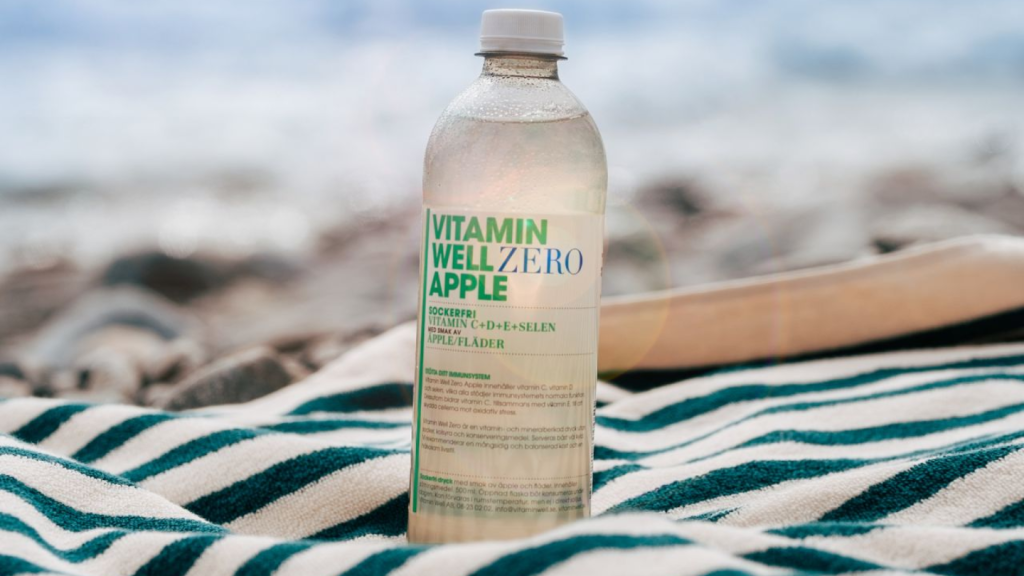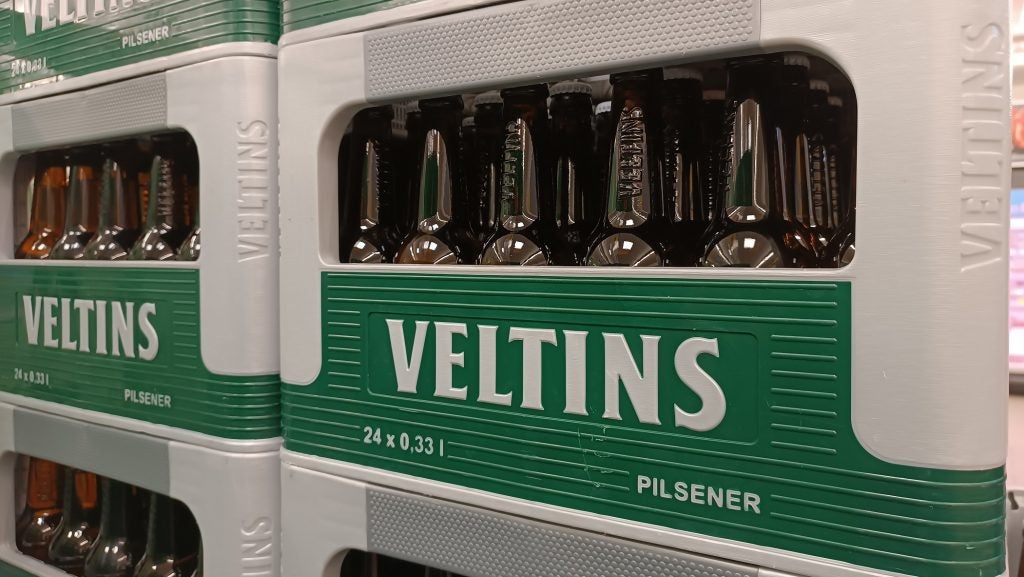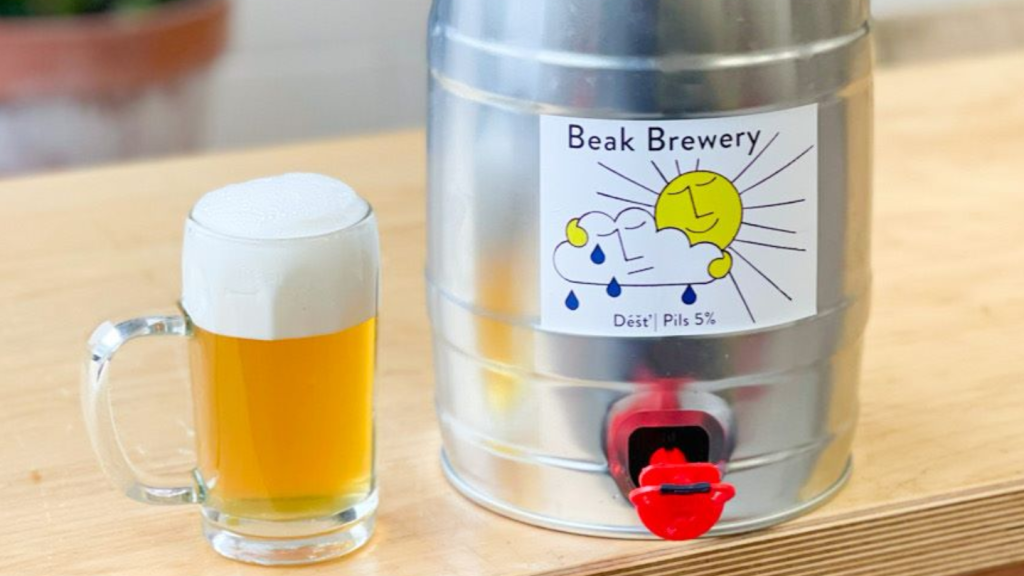 The sale by LVMH of its popular Champagne brand, Canard-Duchêne, has led some in the region to suggest the market leader may also be planning to dispose of its other competitively priced marque, Mercier. Giles Fallowfield examines the changes in the structure of the Champagne business which might be prompting LVMH to consider such a move.
The sale by LVMH of its popular Champagne brand, Canard-Duchêne, has led some in the region to suggest the market leader may also be planning to dispose of its other competitively priced marque, Mercier. Giles Fallowfield examines the changes in the structure of the Champagne business which might be prompting LVMH to consider such a move.
The sale of Canard-Duchêne by LVMH to Alain Thiénot, formally completed on October 14, appears to mark a new strategic approach by the largest group in Champagne and inevitably puts a big question mark over the future of the house of Mercier, also owned by LVMH.
While the vast majority of Canard-Duchêne’s sales, estimated at 2.8m bottles in 2002, are made in France and largely in the supermarket arena, the most price competitive and thus least profitable sector of that market, the sale has nevertheless taken industry commentators by surprise.
Canard-Duchêne, although widely recognised as a superior wine to Mercier, performs much the same function for Veuve Clicquot that Mercier does for Moët & Chandon. It is in effect Clicquot’s safety valve.
Even though LVMH owns more in the way of vineyards than any other negociant in Champagne, as a group it still has to buy in a huge volume of expensive grapes and vins clair (still wine that’s hasn’t undergone the secondary fermentation in the bottle that produces the bubbles) to make the large quantities of Moët & Chandon Brut Impérial and Veuve Clicquot Yellow Label that are produced each year.
How well do you really know your competitors?
Access the most comprehensive Company Profiles on the market, powered by GlobalData. Save hours of research. Gain competitive edge.

Thank you!
Your download email will arrive shortly
Not ready to buy yet? Download a free sample
We are confident about the unique quality of our Company Profiles. However, we want you to make the most beneficial decision for your business, so we offer a free sample that you can download by submitting the below form
By GlobalDataThese are the two largest selling brands of Champagne by some considerable way. In excess of 16m bottles of Brut Impérial is made each year, and if you add to this Moët’s slightly sweeter White Star brand, which is the market leader in the US, this figure climbs to over 20m bottles.
Selling this sort of volume at the price Moët can command is good business, but when the market is weak and demand slumps, leaving the wine sitting in cellars in Epernay for up to three years is expensive for the company to finance. In such an event it makes more sense to sell off some of the younger maturing stock under another cheaper label, thus bringing in some cash to help offset the continued and ongoing cost of future production.
The clever thing about this approach is that the less prestigious brands like Mercier and Canard-Duchêne can more easily be sold after shorter ageing time in the bottle. The appellation rules only stipulate that non-vintage Champagne has to be aged in bottle for a minimum of 15 months before being shipped and while most better marques aim to cellar their wines for three years before release, price fighting brands regularly hit French and UK supermarket shelves quite a bit younger.
This strategy has further benefits in that the prestige brands do not get a bad press for tasting ‘young, green and acidic’ and their image is not further tarnished by the price being slashed to stimulate sales. Another attraction of this approach is that it works in reverse too. In the run-up to the millennium when LVMH quite understandably adopted a policy of selling as much Moët Brut Imperial and Yellow Label as possible, Mercier practically disappeared from sight and lost its position as the biggest selling brand in French supermarkets.
However, the logic that Moët wouldn’t want to sell Mercier because of its symbiotic relationship with Brut Impérial has been challenged by the disposal of Canard-Duchêne. As a consequence there will certainly be some acceptance of the explanation the company is peddling that it wants to put its considerable marketing support only behind its most prestigious and profitable products: namely Dom Pérignon, Krug, Moët & Chandon, Veuve Clicquot and Ruinart.
There are however other factors at work. The two major co-operative groups that ‘help’ some of the large negociants elaborate their brands are very keen to promote their own marques of Champagne, thus increasing the income of their grower members. The largest co-op has now changed its name from CVC to Nicolas Feuillatte CVC in recognition of the phenomenal growth in volume and importance of the Nicolas Feuillatte brand that is now among the world’s top 10 sellers.
Strangely enough the man who is widely given credit for increasing Feuillatte’s sales from a few hundred thousand bottles to over 5m in less than a decade, Jean-Marc Pottiez, has recently taken up a new appointment as managing director of Champagne Jacquart, the brand behind which the second largest co-op in the region Alliance Champagne is putting all its efforts. Jacquart didn’t even have an MD before and this move is a clear signal that the Alliance is serious about pushing the brand to a new level. On the evidence of past achievements at Skalli in the south of France and Nicolas Feuillatte, Pottiez is the right man for the job.
For the major negociants looking for help to produce their brands from the co-ops, this may be the dawning of new era in which is harder and harder to secure extra supplies of grapes and vins clair. With the trading on vins sur lattes (finished but undisgorged and unlabelled Champagne) between negociants banned from the start of next year (2004) the future looks increasingly bleak for the big brands that don’t have sufficient supply contracts.
LVMH for one looks like it wants to withdraw from the most competitive price fighting sector altogether and therefore it would not be surprising to see the group follow the sale of Canard-Duchêne with the disposal of Mercier. Perhaps the co-operatives which have helped supply the raw material for Canard-Duchêne and Mercier in the past have already served notice to LVMH that the same volume won’t be available in the near future as they build their own brands. The only sticking point is finding a buyer and unless the asking price is pretty low in relation to Mercier’s sales, this may take many months.







